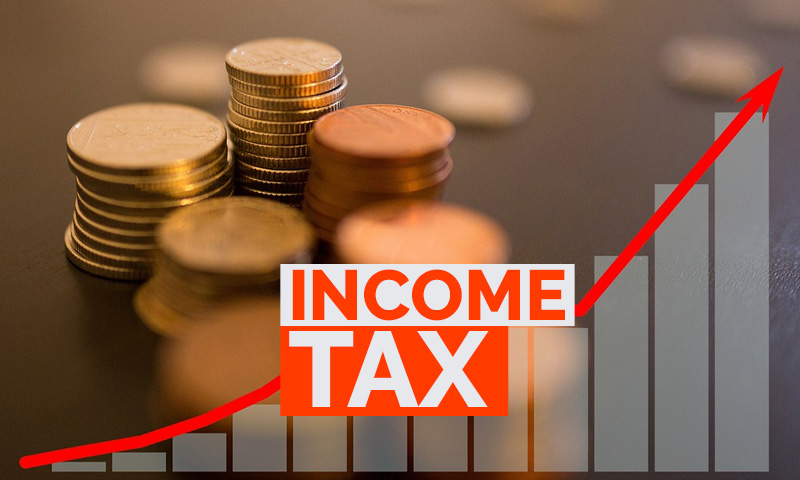
Income Tax Slabs FY 2023-24 (AY 2024-25) Unveiled: Choose Wisely for Maximum Benefits
In the upcoming financial year, taxpayers face a critical decision between the Old and New Tax Regimes. Here’s a breakdown of the key features:

Old Tax Regime:
- Below 60 Years:
- Up to Rs. 2,50,000: Nil
- Rs. 2,50,001 to Rs. 5,00,000: 5%
- Rs. 5,00,001 to Rs. 10,00,000: 20%
- Above Rs. 10,00,000: 30%
- 60 Years or More but Less than 80 Years (Resident):
- Up to Rs. 3,00,000: Nil
- Rs. 3,00,001 to Rs. 6,00,000: 5%
- Rs. 6,00,001 to Rs. 9,00,000: 10%
- Rs. 9,00,001 to Rs. 12,00,000: 15%
- Rs. 12,00,001 to Rs. 15,00,000: 20%
- Above Rs. 15,00,000: 30%
- 80 Years or More (Resident):
- Up to Rs. 5,00,000: Nil
- Rs. 5,00,001 to Rs. 10,00,000: 20%
- Above Rs. 10,00,000: 30%

Exemptions/Deductions (Comparison): Old Tax Regime New Tax Regime Standard Deduction Allowed Allowed Professional Tax Allowed Not Allowed HRA Exemption Allowed Not Allowed Leave Travel Concession Allowed Not Allowed House Property Interest Allowed Allowed Family Pension Deduction Allowed Not Allowed 80C to 80U Deductions Allowed Not Allowed
Example Deductions:
- Provident Fund, LIC Premium, PPF, Tuition Fees, GIS, Tax Saver Mutual Fund, Housing Loan Principal Repayment, Medical Insurance, Donations, Interest on Education Loan, and more.
Additional Considerations:
- Health and Education Cess applicable.
- Rebate under Section 87A: Not Applicable (for Old Tax Regime), Applicable (for New Tax Regime).

Note: Figures are subject to change, and taxpayers are advised to verify details.
Stay informed to make the most of your financial choices in the upcoming fiscal year.





Excellent